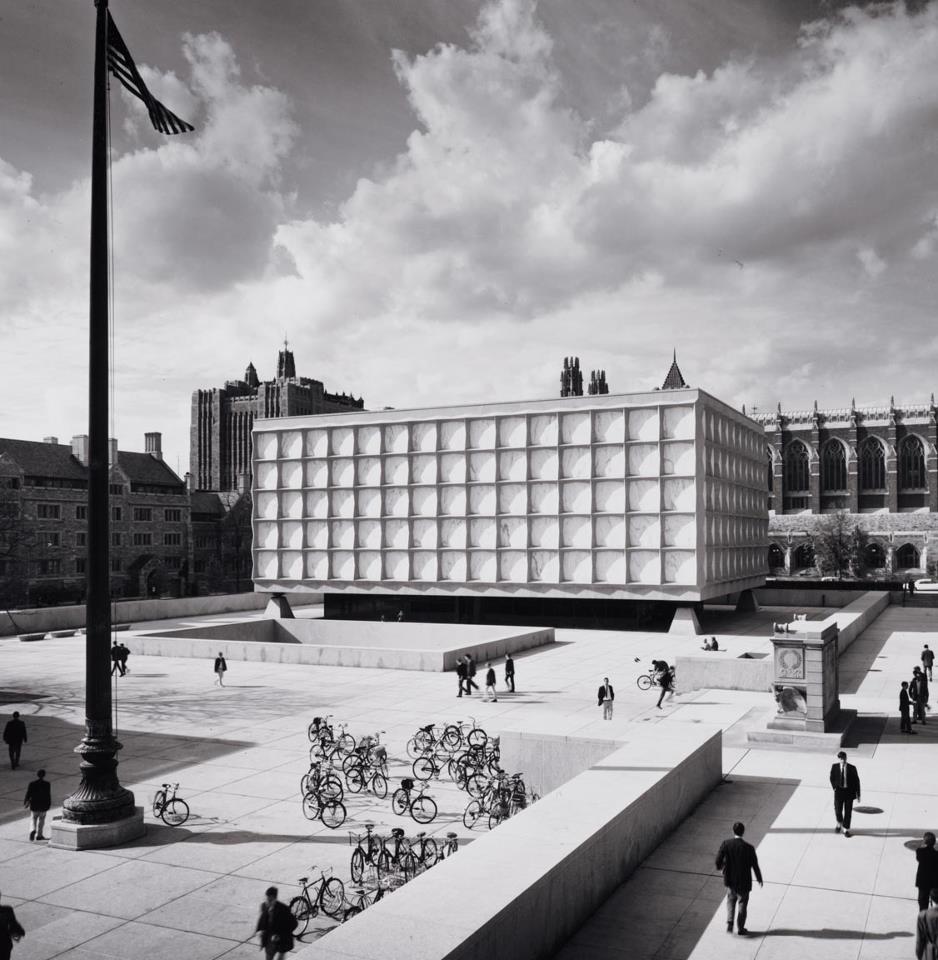Contested Terrain: Beinecke exhibit marks the sesquicentennial of the Mexican War

The Mexican War, precipitated in 1845 when the United States annexed Texas and ended by the treaty of Guadalupe-Hidalgo in 1848, reshaped the political geography of North America. Convinced of its “manifest destiny,” the United States appropriated not only Texas, but also the areas that are now Arizona, western Colorado, Nevada, Utah, southern California, and New Mexico, territories that had been under the rule of the Republic of Mexico since the 1820s. But as the Beinecke exhibition richly demonstrates, the military struggles of the late 1840s were embedded in political, ethnic, social, and economic conflicts that stretch back to the sixteenth century and forward into our own time. CONTESTED TERRAIN, which will continue through December 23, was organized by George A. Miles, Curator of the Yale Collection of Western Americana.
The first section of the exhibit focuses on the exploration and mapping of the Southwest, beginning with maps by Vincenzo Maria Coronelli, a leading cartographer of the late seventeenth century. It was the maps of Zebulon Pike (eponym of Pikes Peak in Colorado), however, that made Anglo-Americans aware of the region. The exhibit includes a manuscript map of east Texas (1827) drawn by Stephen Austin for use in a campaign against the Comanche, as well as maps, sketches, and journals compiled by the French botanist Jean Louis Berlandier, who emigrated to Mexico in 1826 and served on the Mexican government’s survey of its northern frontier in the late 1820s.
The handwritten documents, letters, broadsides, and rare pamphlets that make up the second section of the display explore the social, economic, and political forces at work in the Southwest in the eighteenth and early nineteenth centuries. The activity of missionaries, conflict between Native Americans and Spanish settlers, trade and commerce, the settlement of Texas, the Texas Revolution, the Mexican War, and the ultimate annexation of Texas, New Mexico, and California by the United States are documented by such items as Stephen Austin’s broadside confirming his land grant in Texas (1823, Austin’s proof copy, with his handwritten corrections), the Texas declaration of independence (1836), accounts of political unrest in New Mexico and California, and the original draft of the armistice that ended the Mexican War in 1848.
But the 1847 treaty map, which opens the third part of the exhibition, had a fatal flawthe cartographer placed El Paso, an important boundary marker of the agreement, at a latitude some 40 miles north of its actual location. The error initiated years of controversy, documented, for instance, in the papers of William H. Emory, a major in the Army Corps of Topographical Engineers, who emerged in the 1850s as a key figure in the border survey. As late as the 1890s, a joint United States/Mexican commission collaborated in remarking the border from El Paso to the Pacific coast, with the added documentation of photographs. This section of the exhibit includes a set of picture postcards depicting the events around General John Pershing’s expedition of 1916 in pursuit of the Mexican revolutionary Pancho Villa.
Twentieth-century issues bring the contests of the Southwest into our own era. From the Warner Ranch Indian Advisory Commission of 1902 to the “Indian New Deal” of the 1930s, the exhibit explores issues concerning Native American land claims as the Southwest became more developed. A selection from the Jacques Levy/Cesar Chavez Collection, acquired by the Beinecke this year, forms the last section of the display. A journalist from Santa Rosa, California, Levy set out in the 1960s and 70s to document the career of Cesar Chavez. Levy’s papers, now at Yale, include over 200 hours of tape recorded interviews with his subject, as well as journals, notes, government reports and publications, and ephemera relating to Chavez, the United Farm Workers of America, and its forerunner, the National Farm Workers Association. Levy is the author of the authoritative study, Cesar Chavez Autobiography of La Causa (1975).